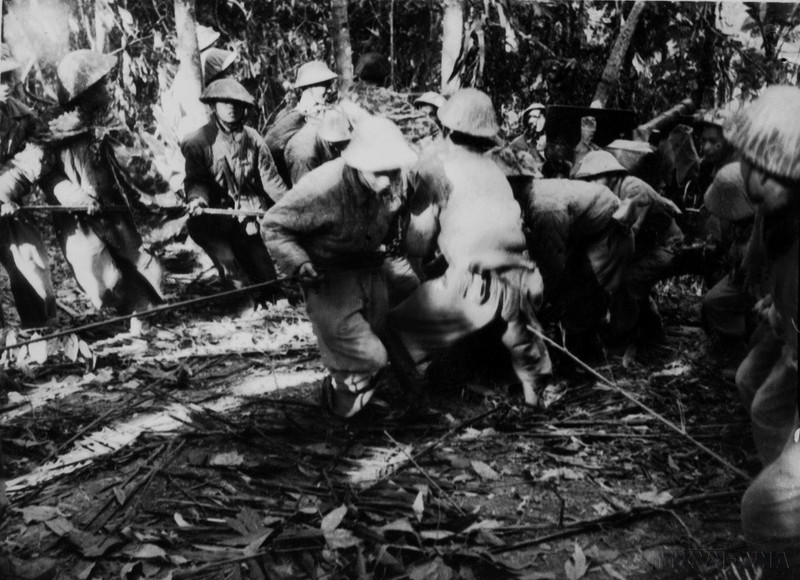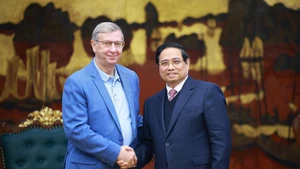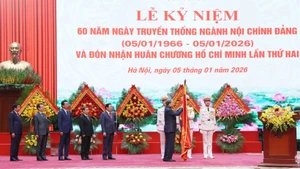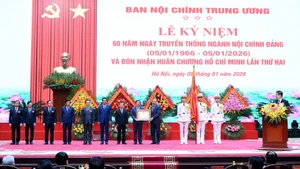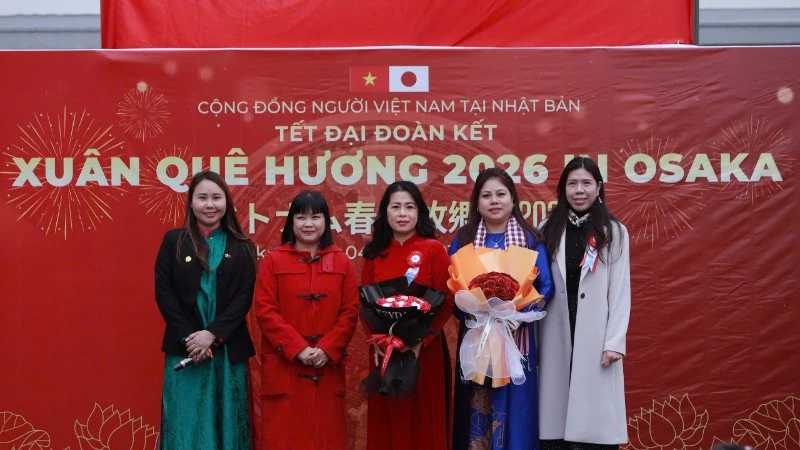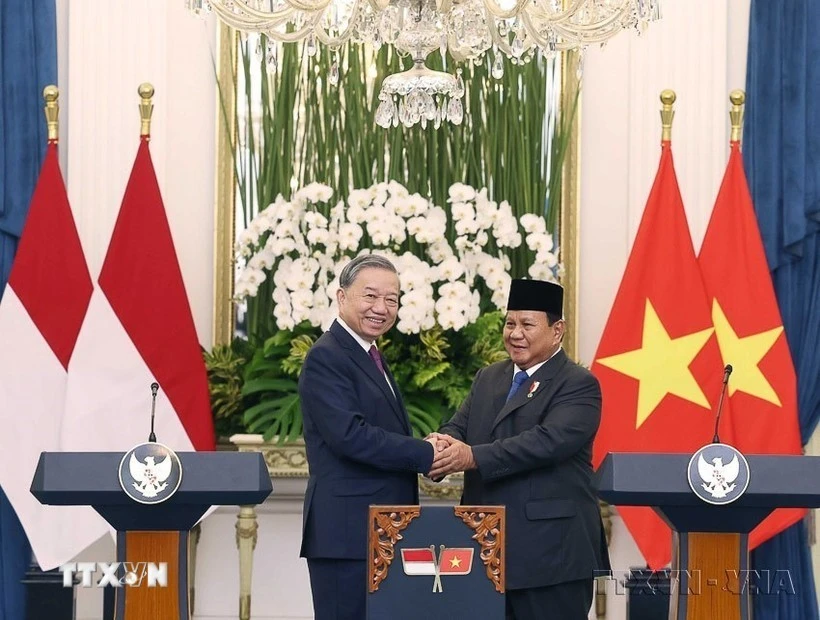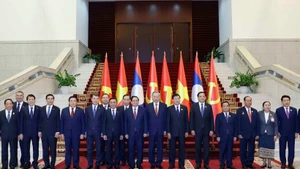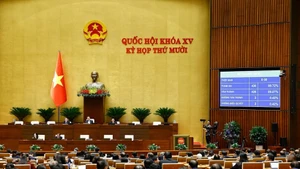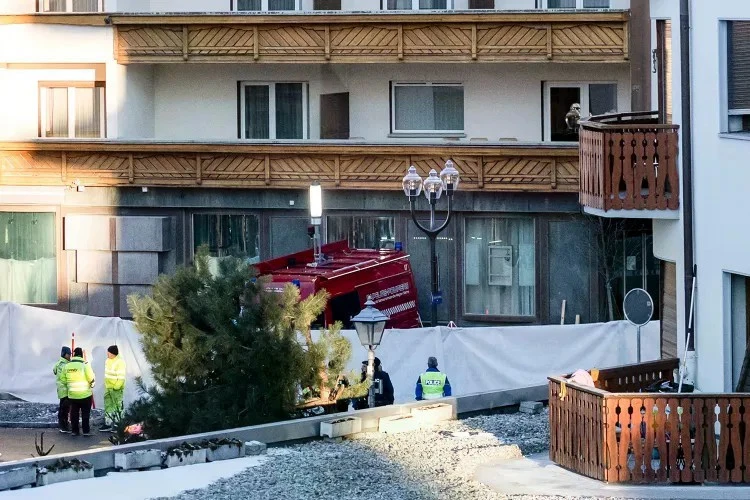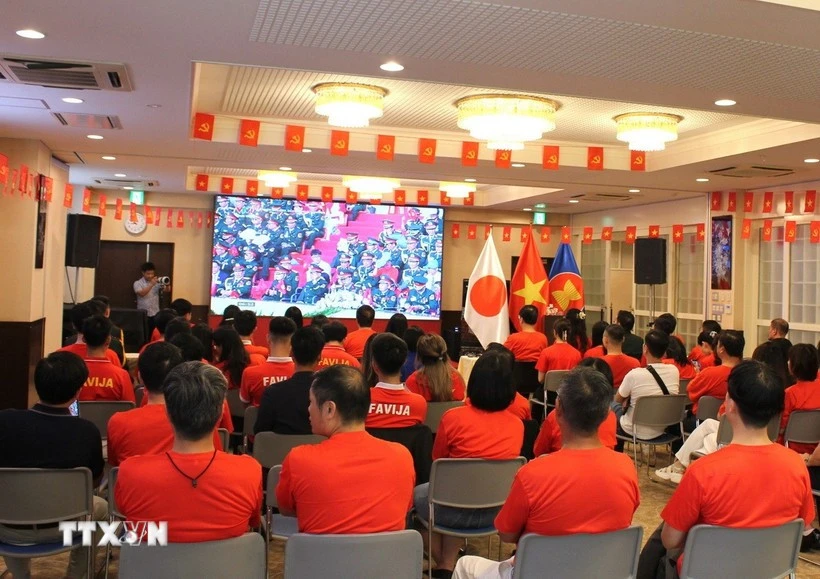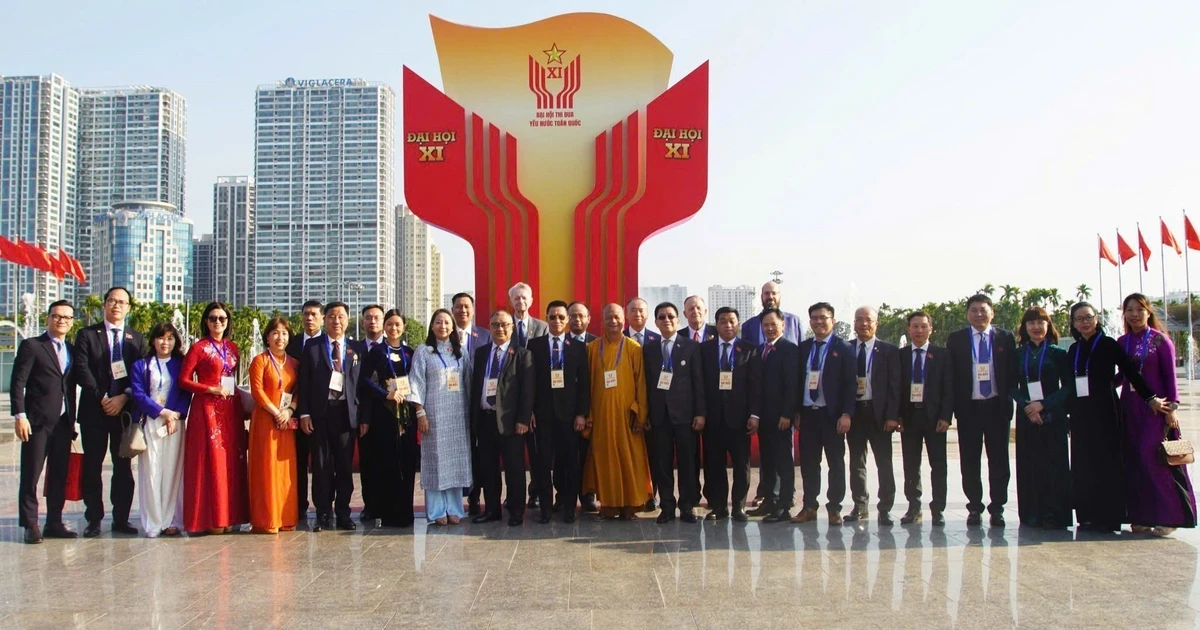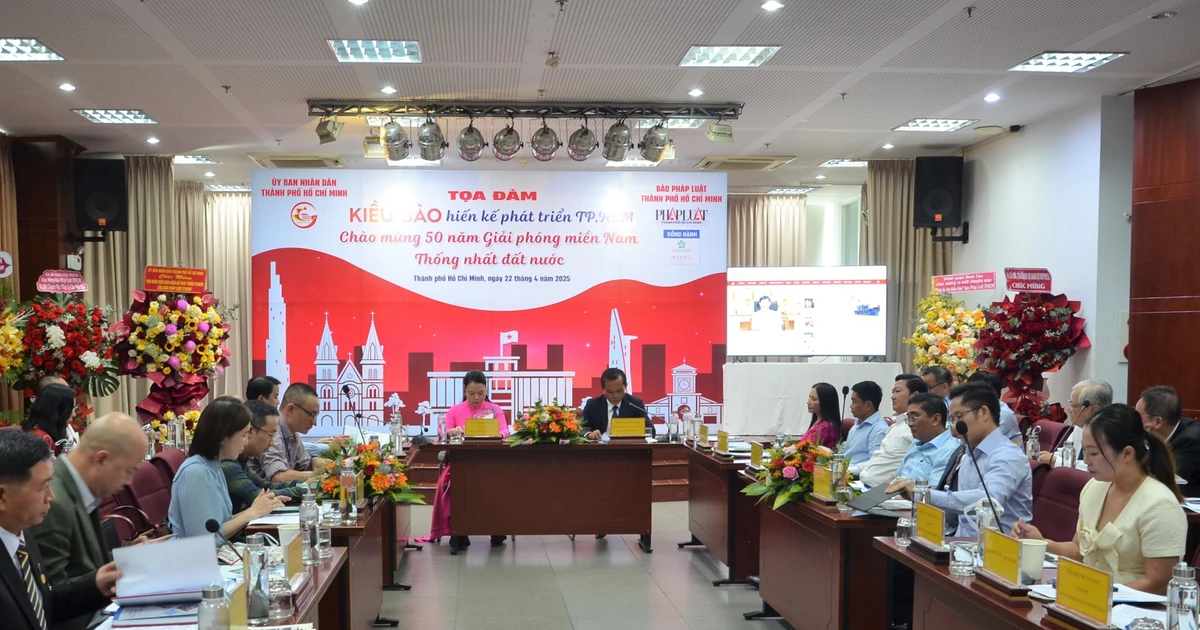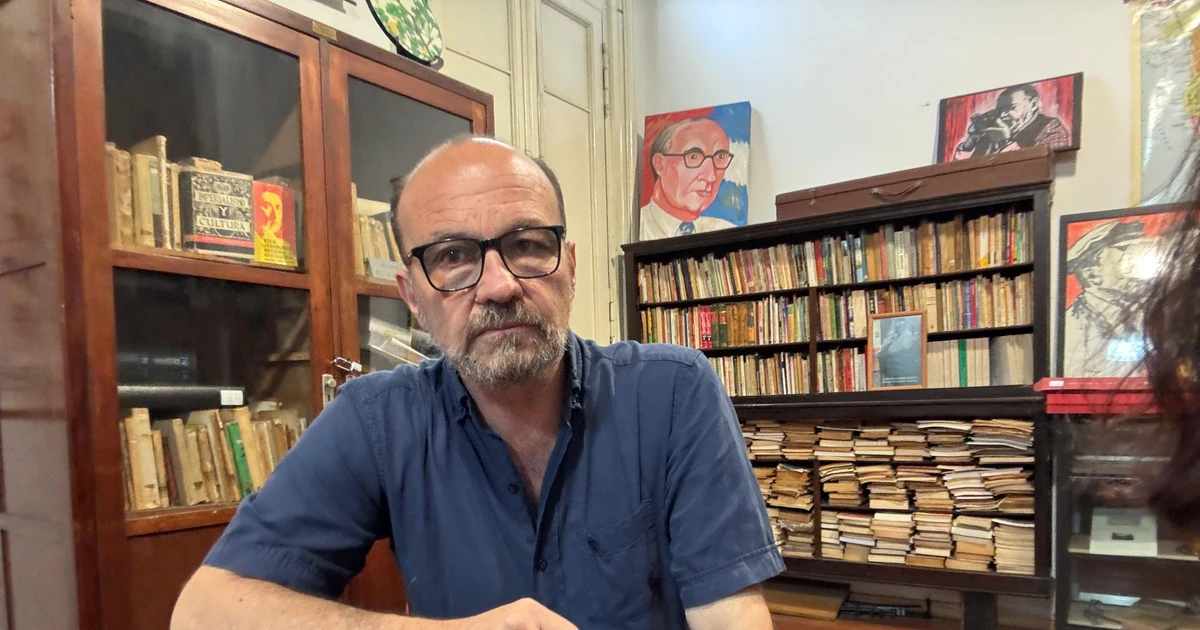The policy was: “Concentrate absolutely on firepower superiority, destroy the entire eastern area of Dien Bien Phu” in order to devastate an important part of the enemy’s force, including a number of mobile units, and occupy part of the enemy’s artillery battlefield and all high points in the east, turning those high points into ours to threaten the Muong Thanh area. At the same time, it was determined that this would be a decisive battle, creating conditions for switching to a general attack and achieving complete victory for the campaign. Based on the operational policy, the General Military Commission assigned specific tasks to the units participating in the second attack, including: Division 312, Division 316, Division 308, Division 304, Artillery Division 351, and Artillery Regiment 367.
At the Dien Bien Phu battlefield, during the preparation for the second phase of the campaign, the Vietnamese troops increased small operations, repelling all enemy counterattacks from Muong Thanh. We destroyed six military vehicles, three fighter aircraft, and two transport aircraft; set fire to two aircraft on the runway; and killed and injured 450 enemy soldiers. In coordination with the Dien Bien Phu battlefield, the Vietnamese troops captured 307 bandits and collected 531 guns of all kinds at Ngoc Chien, Muong La District, Son La Province.
On March 27, 1954, the enemy continuously deployed troops to fill the trenches dug by Vietnamese soldiers and established an additional stronghold of Opéra to the east of the airport, held by a company of the 8th parachute battalion. From March 27, 1954, onwards, the enemy’s Muong Thanh Airport was completely paralysed due to the control of our artillery and anti-aircraft fire and no enemy aircraft dared to land at Muong Thanh Airport. The enemy had to rely on the only method of airdrops to ensure supplies. However, this measure was quite expensive and precarious due to our fierce blocking firepower.
